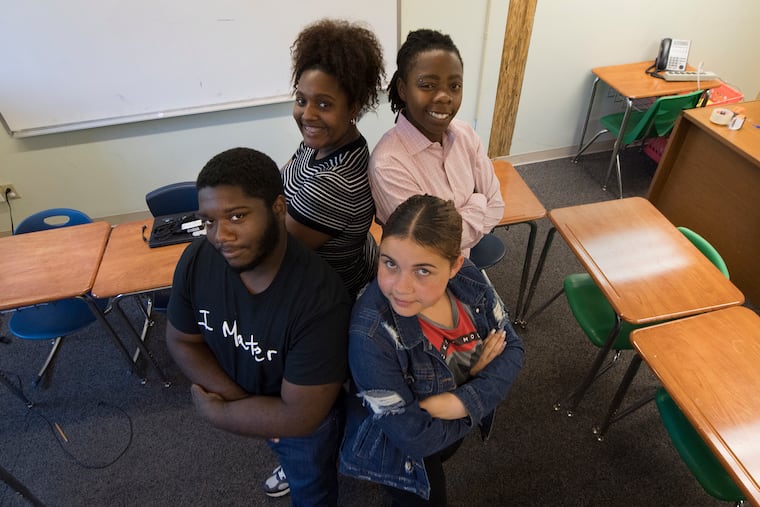School’s out, but these foster kids don’t want to leave | Ronnie Polaneczky
"Don't think that because you haven't achieved that you're not intelligent. What you are is under-educated, and we're going to help you change that."

"Don't think that because you haven't achieved that you're not intelligent. What you are is under-educated, and we're going to help you change that."
